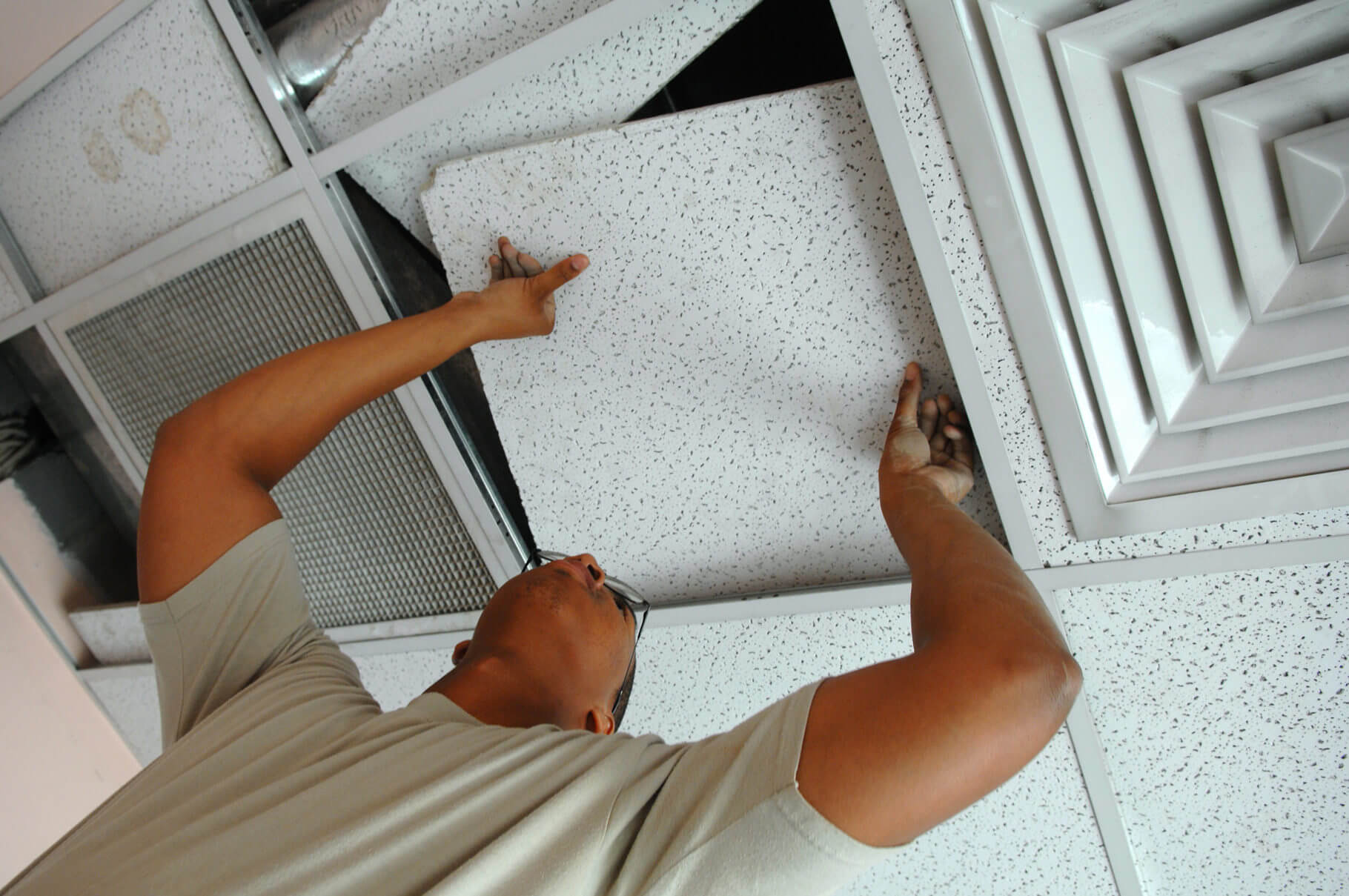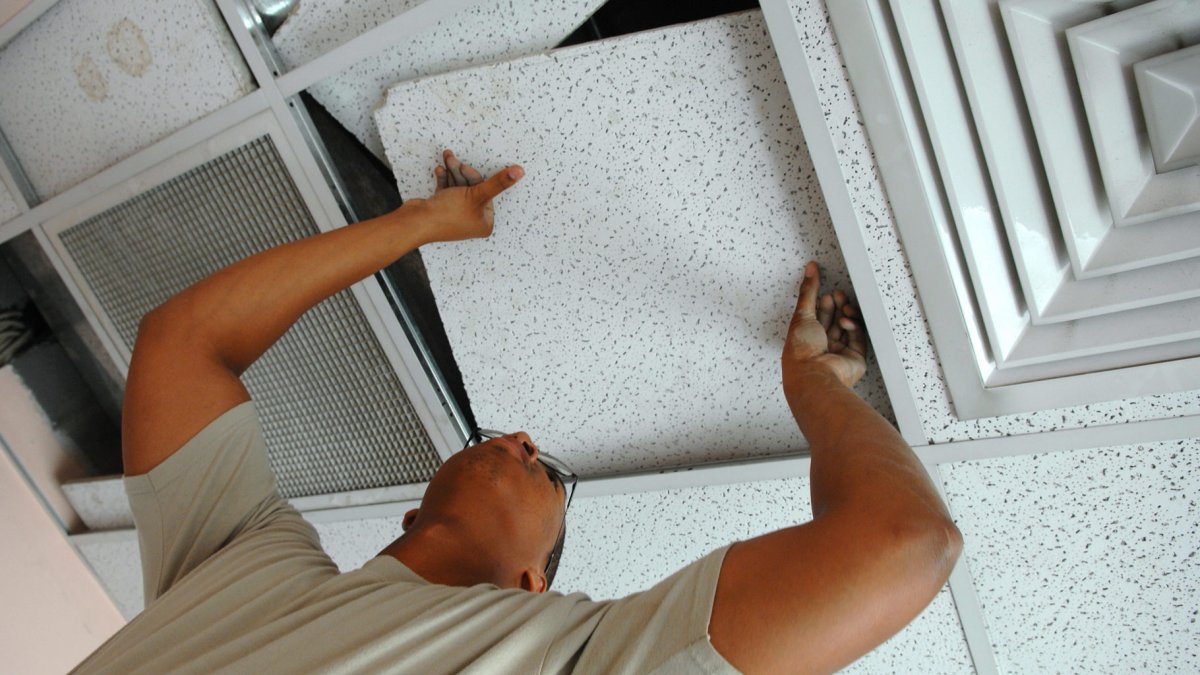
Every commercial kitchen exhaust system should include duct access doors. These doors make cleaning, maintaining, and inspecting exhaust systems easier. It prevents grease, fats, and oils from collecting on your ductwork’s surfaces. It’s essential to understand how these filths affect your ducts to appreciate the value of duct access doors and to keep your kitchen stuffed with groceries from big basket.
How Do Duct Access Doors Function?
Often, the hazards that you can’t see are the ones causing the most damage. Despite your efforts of making your kitchen as pristine as possible, fats, oils, and grease may still pile up in your ducts. To provide both safety and appropriate airflow in your commercial kitchen, you, as the owner, must ensure the cleanliness and maintenance of your ducts.
Duct access doors and panels that comply with NFPA standards make it easier and safer to clean and check vertical and horizontal exhaust ducts.
Is It a Requirement?
According to the NFPA 96 Standard for Ventilation Control and Fire Protection of Commercial Cooking Operations, all commercial kitchen exhaust systems must feature duct access doors. However, bear in mind that it must fulfill the minimum standards of NFPA 96 and must be in line with fire rules.
Access to all horizontal and vertical ducts is mandatory. At least one provision of a 20 inch by 20-inch hole must be on horizontal ducts. If a larger aperture is not practicable, 12-foot intervals with openings wide enough to allow complete cleaning must be in place.
The composition of your duct access doors must be of the same material as the duct and be of the same thickness (typically 16-gauge carbon steel or 18-gauge stainless steel). All duct access doors must possess a grease-tight seal or gasket that can withstand temperatures up to 1,500°F. Whatever fasteners used to secure it must be carbon steel or stainless steel and must not pierce the duct wall.
The Hazards of Accumulated Grease
Grease fires in ducts are highly harmful and hazardous. It moves so fast that they frequently fail to generate adequate heat to trigger the fusible connections of a fire suppression system. Grease deposits in the exhaust ducts are highly combustible, posing a significant fire hazard or ruining your thermostats. According to one account, 3 inches of grease may readily build at the bottom of a horizontal length of ductwork when there is no regular cleaning.
The flammable grease deposits in your duct might ignite if a flare-up creates tremendous flames or severe heat. As per the NFPA, typical restaurant fires start with a cooking device and spread to the exhaust duct system. Due to the rapid spread of grease fires throughout the exhaust system, surrounding portions of the structure, such as other floors and the roof, are in danger of fire.
The heat generated from duct fires may quickly burn at 1,500°F or more in minutes, igniting flammable items outside the duct. Duct grease fires are difficult to put out once they develop. It’s challenging to locate and extinguish their particular spot. They are also prone to re-ignition and breaking out.
As a result, the best method to handle a grease duct fire is to put it out before it begins. You achieve this by keeping grease and oil out of your exhaust ducts. It is why duct access doors are so important in protecting your commercial kitchen from fire threats. Preventing something dangerous before it causes damage or harm should be the top priority for any owner.
How Does Grease End up in Your Ductwork?
The production of grease exhaust is in variable degrees in commercial kitchens. Grease exhaust is produced in higher quantities by solid fuel cooking, grilling, wok frying, and high-volume fryer operations. However, even low-volume cooking activities will ultimately have to cope with remnants of oil, fats, grease, and grime accumulating on ventilation duct surfaces over time.
When paired with other grease formations, highly combustible creosote develop from solid-fuel cooking, like a wood-burning pizza oven, can generate a very hazardous condition. As per the National Fire Protection Association’s (NFPA) reminder, grease and creosote mixed in exhaust ducts might be simpler to spark and burn more potent than creosote itself.
Despite you utilizing the proper hood filters, grease will still get in. Oils, fats, and grease evaporated while cooking and sucked into your exhaust system. A considerable amount of grease will collect on the lid and filter. However, some grease vapor will leak into your ductwork through the filter. It is among the most significant reasons to have duct access doors installed.
Selecting a duct access door shouldn’t be difficult, but with so many types to pick from, it’s a good idea to get professional assistance before purchasing. Be cautious, however, because if you’re getting advice from someone without the credentials, then it might cost you more harm. Only take advice from a licensed professional.
Alexander Bennett
Related posts
Stay connected
Today's pick
- Things to Remember While Designing Your Custom Modular Kitchen in GurgaonGurgaon now known as Gurugram is the second largest city in the state of Haryana and is a reflectiossn of an ideal modern city with futuristic goals. Witnessing rapid urbanization, it has also emerged as a hub for contemporary homes, with homeowners seeking innovative and... The post Things to Remember While Designing Your Custom Modular […]

